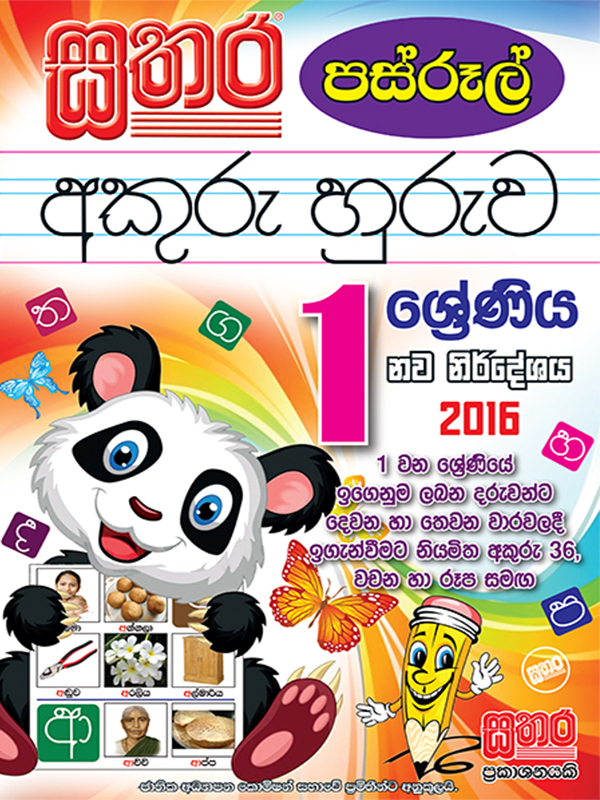
Additionally, the śuddha set comprises graphemes for retroflex ⟨ḷ⟩ and ⟨ṇ⟩, which are no longer phonemic in modern Sinhala. Every sequence of sounds of the Sinhalese language of today can be represented by these graphemes. The śuddha graphemes are the mainstay of the Sinhalese alphabet and are used on an everyday-basis. This means that the actual pronunciation of a word is always clear from its orthographic form. While a phoneme can be represented by more than one grapheme, each grapheme can be pronounced in only one way. This one-to-many mapping of phonemes onto graphemes is a frequent source of misspellings. Most phonemes of the Sinhalese language can be represented by a śuddha letter or by a miśra letter, but normally only one of them is considered correct. Relations between orthography and phonology Sinhala is the main language written in this script, but rare instances of Sri Lanka Malay are recorded.
#Sinhala akuru hodiya download tv
Today, the alphabet is used by approximately 16,000,000 people to write the Sinhalese language in very diverse contexts, such as newspapers, TV commercials, government announcements, graffiti, and schoolbooks. For instance, the Buddhist literature of the Theravada- Buddhists of Sri Lanka, written in Pali, used the Sinhalese alphabet. īy the 9th century CE, literature written in Sinhalese script had emerged and the script began to be used in other contexts. There have been found potteries in Anuradhapura from the 6th century BCE, with lithic inscription dating from 2nd century BCE written in Prakrit. The Sinhalese script is a Brahmi derivate, and was imported from Northern India, around the 3rd century BCE, but was influenced at various stages by South Indian scripts, manifestly influenced by the early Grantha script.
#Sinhala akuru hodiya download full
The kunddaliya was formerly used as a full stop. Neither the Sinhala numerals nor U+0DF4 ෴ Sinhalese punctuation kunddaliya is in general use today. This system is now superseded by Arabic numerals. Sinhalese had special symbols to represent numerals, which were in use until the beginning of the century. This is most notably necessary for the graphemes for the Middle Indic phonemes that the Sinhalese language lost during its history, such as aspirates. Īll native phonemes of the Sinhala spoken today can be represented in śuddha, while in order to render special Sanskrit and Pali sounds, one can fall back on miśra siṃhala.

Out of pure coincidence, the phoneme inventory of present-day colloquial Sinhala is such that yet again the śuddha alphabet suffices as a good representation of the sounds. The definition of the two sets is thus a historic one. This is the reason why this set is also called Eḷu hōdiya ("Eḷu alphabet" එළු හෝඩිය img). This "pure" alphabet contains all the graphemes necessary to write Eḷu (classical Sinhalese) as described in the classical grammar Sidatsan̆garā (1300 AD). The core set of letters forms the śuddha siṃhala alphabet (pure Sinhalese, ශුද්ධ සිංහල img), which is a subset of the miśra siṃhala alphabet (mixed Sinhalese, මිශ්ර සිංහල img). This was undesirable, and therefore, the round shapes were preferred. This is because Sinhala used to be written on dried palm leaves, which would split along the veins on writing straight lines. Most of the Sinhalese letters are curlicues straight lines are almost completely absent from the alphabet. The Sinhalese script is an abugida, as each consonant has an inherent vowel ( /a/), which can be changed with the different vowel signs or removed (see image on left for examples). The alphabet is written from left to right. This marker suppresses the inherent vowel. In order to produce such a pure consonant, a special marker, the hal kirīma has to be added: ක්.

It is also possible to have no vowel following a consonant. For "ki", a small arch called ispilla is placed over the ක: කි. The basic form of the letter k is ක "ka".


 0 kommentar(er)
0 kommentar(er)
